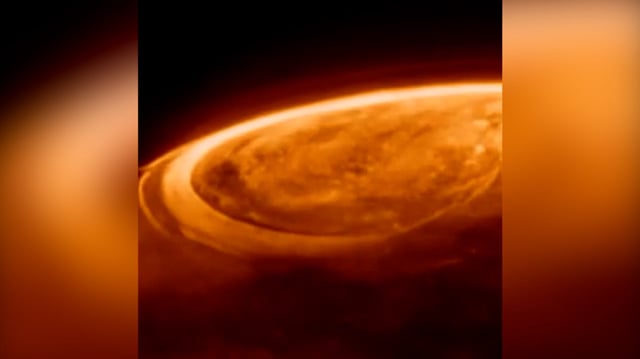Overview
- The James Webb Space Telescope captured video of Jupiter’s auroras on December 25, 2023, revealing brightness hundreds of times greater than Earth's auroras.
- Researchers observed the auroras fizzing and popping with light on second timescales, challenging prior assumptions of slower variability.
- Simultaneous observations with the Hubble Space Telescope showed no ultraviolet counterparts to the brightest infrared auroral flashes, puzzling scientists.
- Analysis of trihydrogen cation (H₃⁺) emissions indicated greater variability than expected, offering new insights into Jupiter’s atmospheric dynamics.
- Future investigations using Webb and Juno spacecraft data aim to resolve these anomalies and refine models of Jupiter’s magnetospheric processes.


